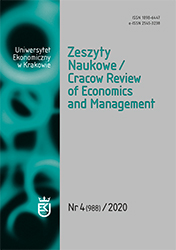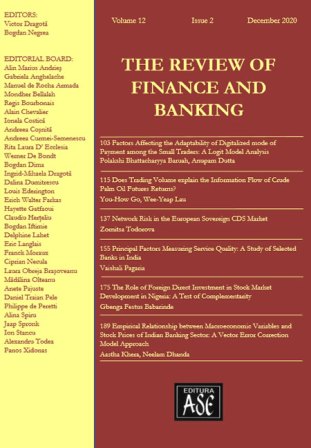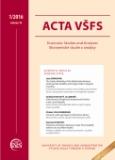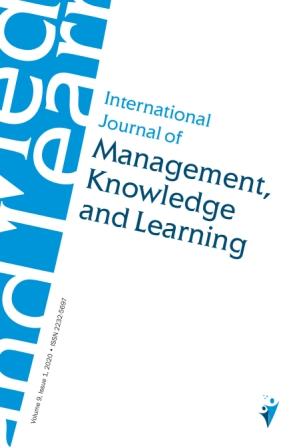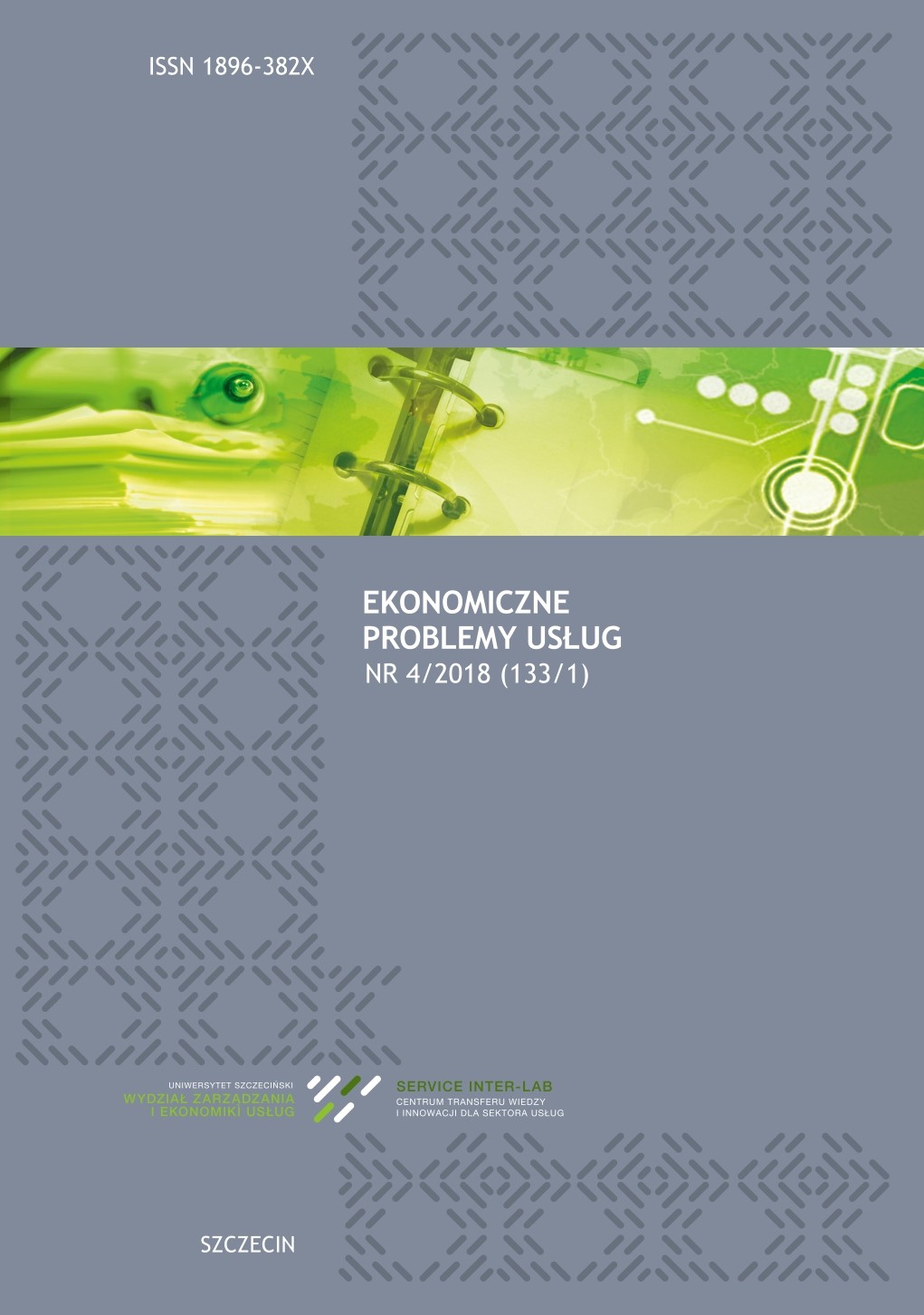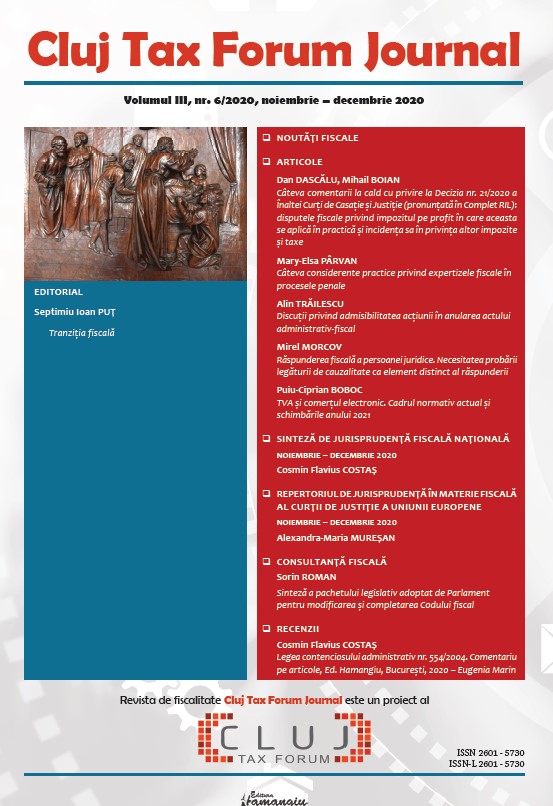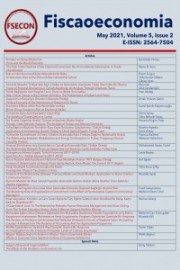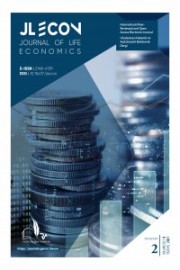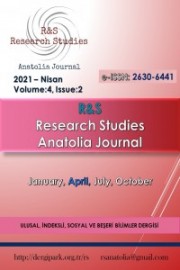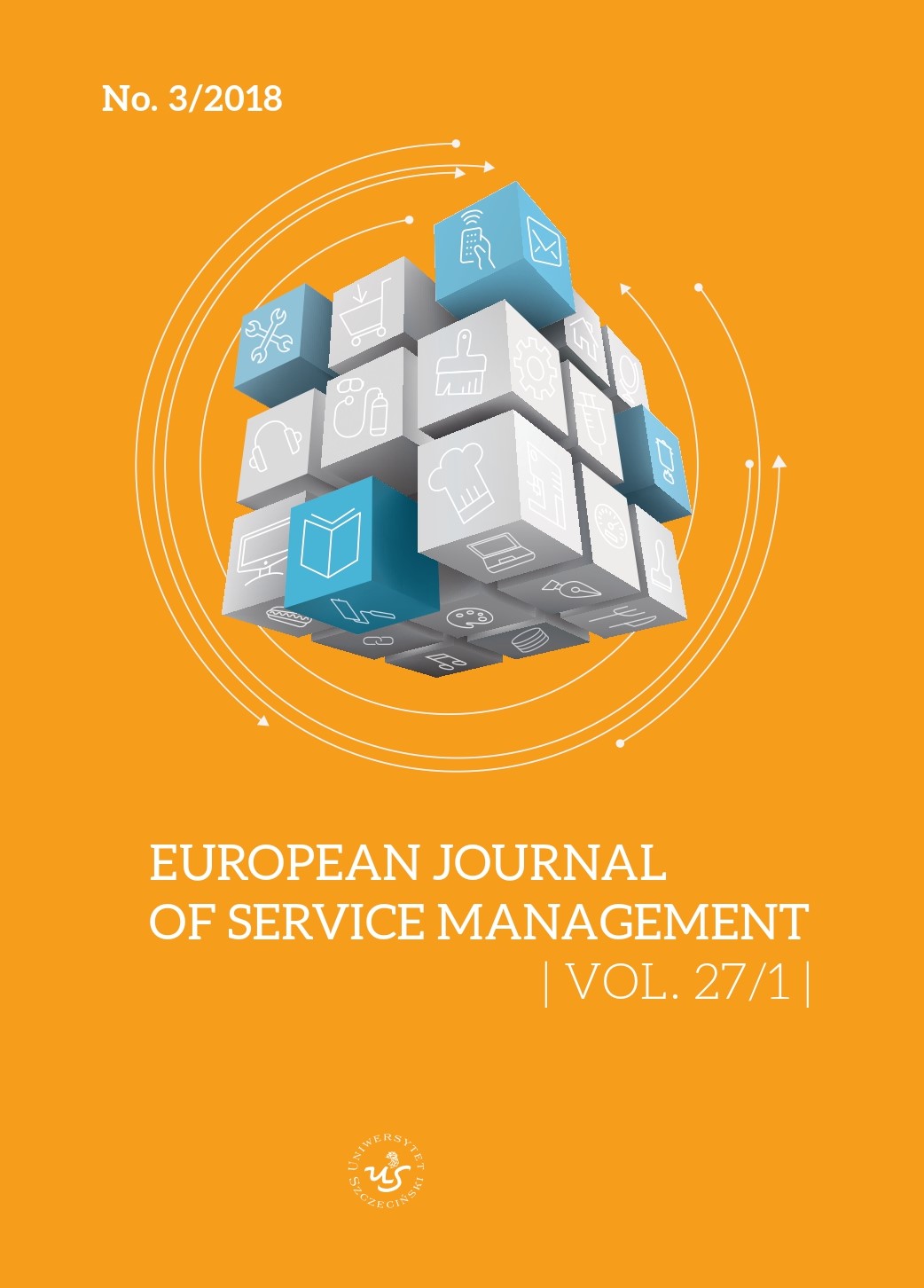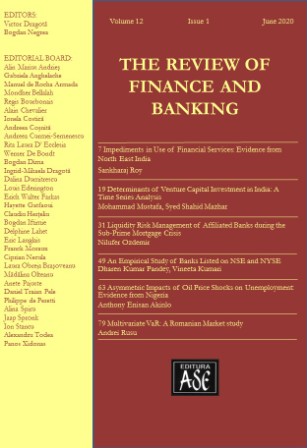
Determinants of Venture Capital Investment in India: A Time Series Analysis
The purpose of this study is to explore how venture capital investment is sensitive to the macro-economic variables in emerging market economies like India. We examine the determinants of venture capital investment considering domestic factors such as GDP growth, inflation rate, and stock market liquidity. From a global perspective, we have considered global liquidity as an influential factor. Based on quarterly data spanning between Q1, FY2007, and Q4 FY2017, the vector error correction method explores that global liquidity is a crucial factor along with the domestic macroeconomic variables. We believe that while the robust economic outlook is critical for attracting venture capital investment, global liquidity acts as a catalyst for the supply of such investment.
More...
